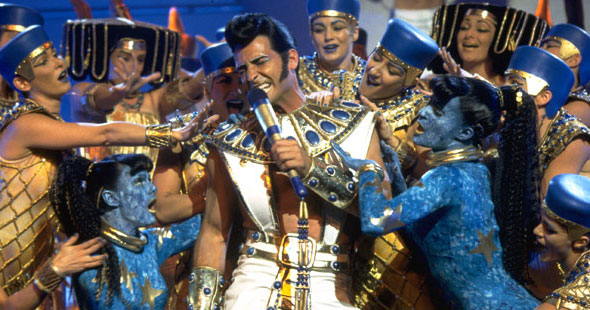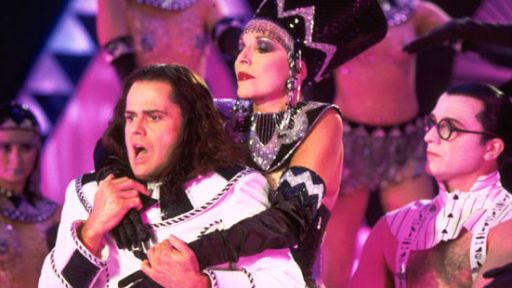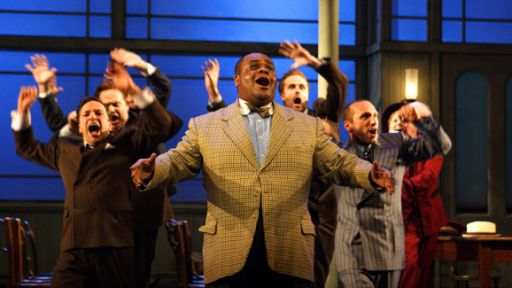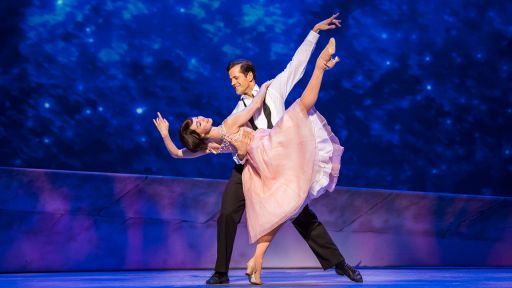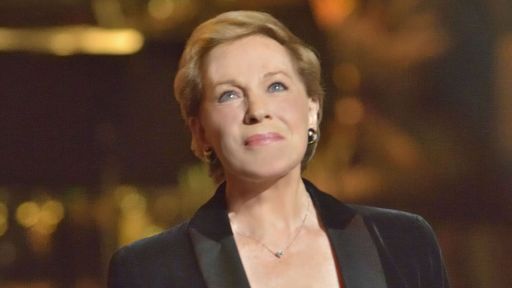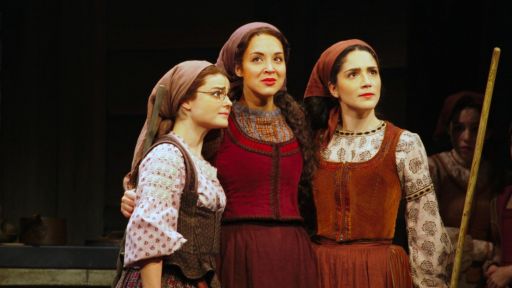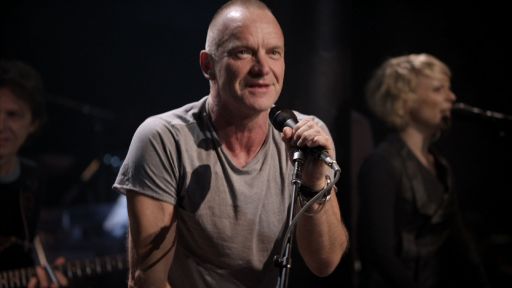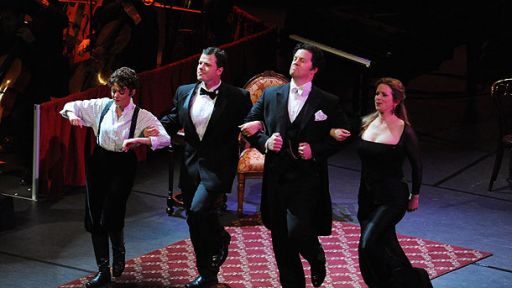“Joseph and the Amazing Technicolor Dreamcoat” was the musical that put Andrew Lloyd Webber and Tim Rice on the map. And its humble beginnings as a simple pop cantata with a Biblical theme in a school hall in March 1968 are all part of its perennial charm and freshness.
The whole serendipity of how Andrew Lloyd Webber and Tim Rice got together informs the bounciness of the early work they produced. Andrew had written music from the age of six or seven. His father was a composer, organist, and teacher at one of the leading London colleges, and his mother taught piano to young children. Even at a very young age, he was as interested in architecture and history as he was in music. His mother despaired of his future as a pianist as he refused to practice as diligently as she would have liked, so she was determined that he should excel at his academic studies. But Andrew recalls a life-changing experience when asked to play the violin in a school concert:
“I said, ‘I’m not going to do that, I’m going to play six songs [on the piano], and I’m going to dedicate each one of them to masters in the school,’ which I did from the stage. Because of the reaction of the other kids, I knew that there was something very different that I would be interested in doing … I was about nine or ten, and I’d written all the songs myself.”
Throughout his teenage years at Westminster School, he composed songs for student revues and indulged his enthusiasm for musical theater in the company of his Aunt Vi, a former actress who took him on outings to the West End and carried with her a smell of the grease and a glimmer of the footlights that was irresistibly exciting to her nephew.
Together they saw “My Fair Lady,” “West Side Story,” and “South Pacific,” in which the hit song “Some Enchanted Evening” made an indelible impression. He became a complete devotee of Rodgers and Hammerstein. He sent songs off to publishers and record producers in London, and through this network, his name was passed on to another young hopeful in the music business, Tim Rice.
Tim Rice wrote to Lloyd Webber in April 1965, suggesting they try writing pop songs together, as he had been told that the budding composer was looking for a “with-it” lyric writer: “I wondered if you considered it worthwhile meeting me? I may fall short of your requirements, but anyway it would be interesting to meet up — I hope!” Andrew was on his way to Oxford University, but this meeting changed his life.
They immediately set to work on a musical about an orphanage (the work was never produced), and Andrew, who always says that he was literally “smitten” with Tim, three years his senior and far more world-wise and sophisticated, left Oxford after just two terms. He could not settle into the rhythm of academic life as all his energy now poured into working with Tim. The young duo — Tim had studied law, worked in a solicitor’s office, and was already mixing with professional singers and producers at a big record company — churned out pop songs, following the pattern of music first, words later, which marked all their collaborations.
The Lloyd Webber household in South Kensington became home for Tim, too, as he moved into a spare bedroom in the large apartment owned by Andrew’s grandmother. Another regular visitor, and family friend, was a music teacher, Alan Doggett, who had taught Andrew’s younger brother, Julian (now a renowned solo cellist), in Westminster preparatory school. Doggett had moved on to another preparatory school, Colet Court in Hammersmith, and suggested that Tim and Andrew should write a pop cantata for the annual school concert, ideally on a Biblical subject.
Tim’s favorite Bible story had long been Joseph and his coat of many colors. In his recent autobiography, OH, WHAT A CIRCUS, Tim declares that the way to a child’s heart is through laughter, which is why he deliberately set out to make the lyrics as funny as possible.
“This great tale has everything — plausible, sympathetic characters, a flawed hero, and redeemed villains … It is a story of triumph against the odds, of love and hate, of forgiveness and optimism. As with all great stories, the teller has no need to spell out the messages if he tells the tale well. Perhaps risking comparisons with the youthful Joseph’s lack of modesty, I believe Andrew and I told the story very well indeed.”
The audience at the first performance agreed, and the show was repeated a couple of months later, on May 12, 1968, in the Methodist Central Hall in Westminster, where Andrew’s father was the organist. The place was packed with worshippers as well as the proud parents of all the boys in the choir. One of these parents, unknown to Tim and Andrew, was Derek Jewell, then the jazz and pop critic for the SUNDAY TIMES. His unsolicited review on the following weekend changed their lives:
“Throughout its twenty-minute duration it bristles with wonderfully singable tunes. It entertains. It communicates instantly, as all good pop should. And it is a considerable piece of barrier-breaking by its creators.”

